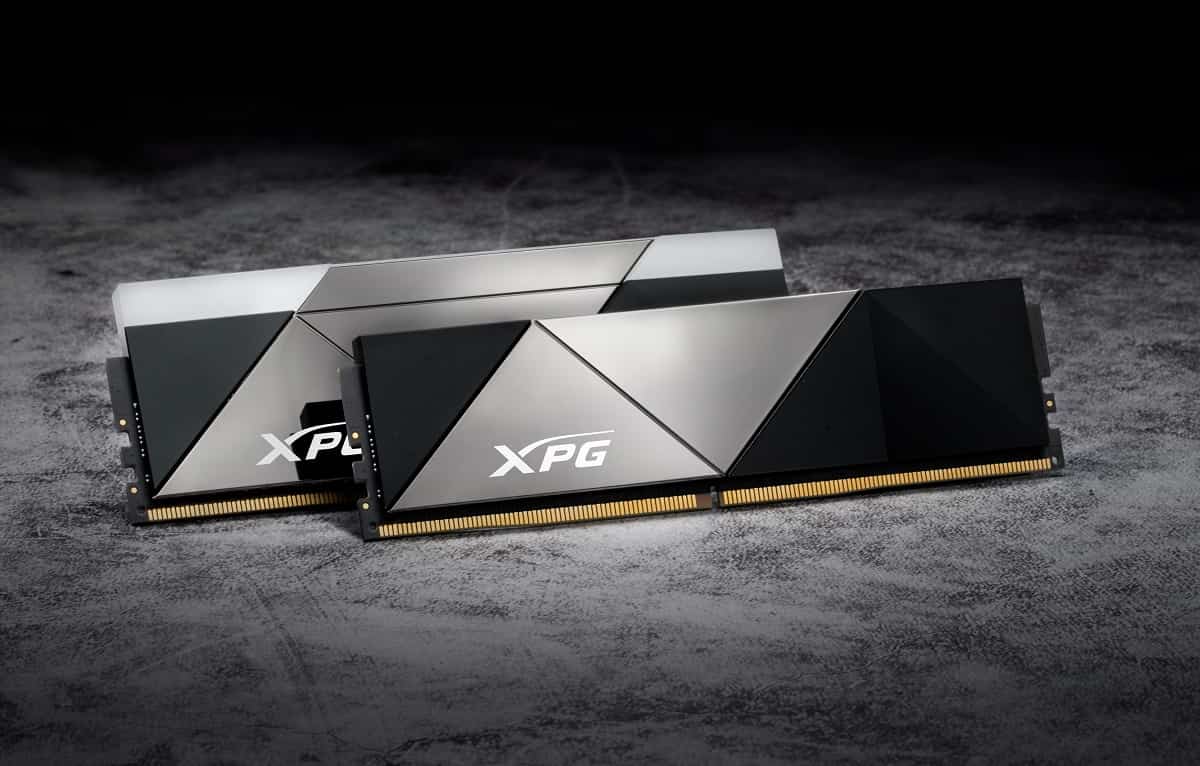Intel has taken a significant step in the field of high-performance computing by introducing the fastest memory ever created: MRDIMMs (DDR5 Multiplexed Rank Dual Inline Memory Modules). This breakthrough aims to address the bottlenecks in memory access speed, a critical issue in demanding applications such as artificial intelligence, climate modeling, and computational fluid dynamics.
The technology, designed to work with the new Intel Xeon 6 processors, promises to transform the way data centers manage their workloads, delivering up to 33% higher performance in recent tests.
The Solution to Memory Bottleneck
As processors have increased their core counts, memory access speeds have not kept pace, resulting in a limitation in overall performance. RDIMM modules, widely used in data centers, offer parallel access to memory “rows,” but not simultaneously.
Intel’s innovation lies in incorporating a small multiplexer (mux) chip within the memory module. This component enables data to flow through both memory rows at the same time, effectively doubling the available bandwidthBandwidth is the maximum transfer capacity …. As a result, MRDIMMs achieve transfer speeds of up to 8,800 megatransfers per second (MT/s), a 40% increase compared to RDIMMs.
Compatibility and Ease of Implementation
One of the greatest advantages of MRDIMMs is their plug-and-play design. These modules use the same connector and form factor as RDIMMs, eliminating the need for modifications to motherboards. Additionally, MRDIMMs retain error correction and reliability features, ensuring data integrity at all times.
For data center customers, this means they can opt for MRDIMMs when acquiring a new server or upgrading existing systems simply by swapping out memory modules, with no need to modify software or change configurations.
Intel Xeon 6 Processors: The Perfect Complement
The new Intel Xeon 6 processors, featuring performance cores (P-cores) and codenamed Granite Rapids, are the first to be compatible with MRDIMMs. In independent tests, identical systems with Xeon 6 and MRDIMMs outperformed those with RDIMMs, completing tasks up to 33% faster.
This additional performance is especially beneficial for artificial intelligence workloads, such as small language models, traditional deep learning, and recommendation systems, where greater memory speed makes a significant difference.
An Open Standard Driven by Intel
Intel has not only developed this technology but also turned it into an open standard, donating the specifications to the JEDEC organization, which regulates standards in microelectronics. This decision ensures that other memory manufacturers can adopt and expand the use of MRDIMMs, promoting interoperability and accelerating the adoption of the technology.
Real-World Applications
High-performance laboratories, such as the National Institute of Quantum Science and Technology in Japan, are already integrating Xeon 6 and MRDIMMs into their systems. Additionally, leading memory manufacturers and OEMs, such as NEC, have begun adopting this technology, solidifying Intel’s position as a leader in advanced computing.
A Leap into the Future
MRDIMMs represent not only a technical advancement but also a pragmatic solution to the increasing demands for performance in data centers. With their ease of implementation, compatibility, and outstanding performance, this technology is poised to become a key pillar in the evolution of computing infrastructure.
Once again, Intel has demonstrated its ability to lead technological innovation, solidifying its position as a key player in developing solutions for future challenges. For those who rely on high-performance computing, MRDIMMs are not just an improvement; they represent a revolution.
via: Intel

